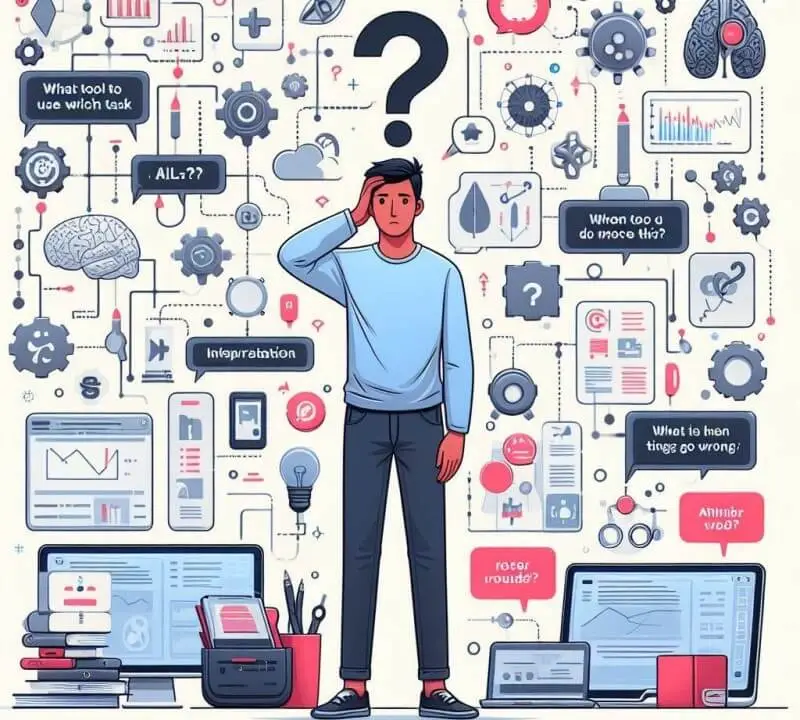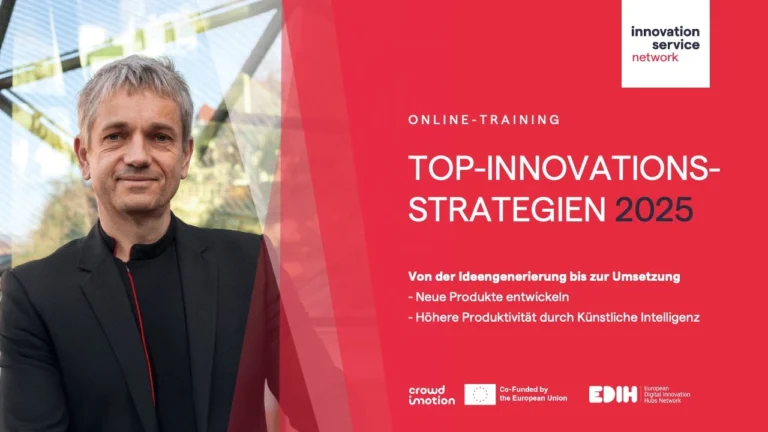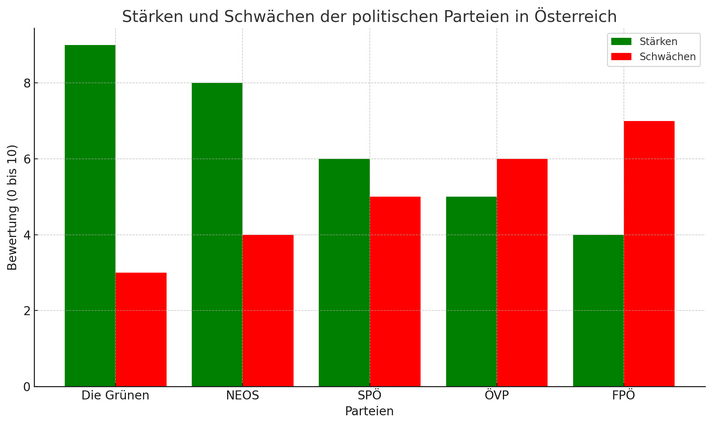

I couldn't answer this question for my company at the moment. However, I do know that almost all employees were already working with AI tools or at least experimenting with them before the current hype started. Recently, the intensity has increased significantly and it is difficult to maintain an overview even in a company with just under 25 employees. However, it would be very helpful to make the experiences with different tools and areas of application visible and to share them with each other.
The number of different AI tools is growing every day. When I ask the audience in my keynotes on “digitalinnovation” who has ever used ChatGPT, more than 80% of the hands are raised. Of course, my audience has come with the aim of engaging with new topics, the future and innovation in particular. In this respect, this audience is not a representative group, but it is noticeable that the temptation to use AI is obviously greater than with other applications so far. I remember the tentative attempts to document “company knowledge” in a wiki system, where the enthusiasm quickly faded.
One of the biggest aha effects when using ChatGPT is the quality of the answers given to a chatbot. Until now, we were used to getting very simple answers to very simple questions with this type of tool. With AI chatbots, you now get the impression that the interaction is very human-like and, similar to Alexa or Siri, you get quite useful answers (with limitations, of course). In addition, the complex language model in the background gets better with every input, it “learns”.
Our tests of open source models in software development have shown that the response quality depends on the complexity or rather the “power” of the language model. If the language model is not sufficiently trained or contains too little data, the answers are also weak. At this point, ChatGPT has several years of training and several billion investment ahead. However, it is clear that there are certainly opportunities to develop your own models in specific areas of knowledge.
This also makes it clear that every provider of language models has a vested interest in ensuring that questions and feedback from users flow into the language model as training data. The deal is like with social media: “You can work with it for free, but I want your data!”. For a private experiment, the hurdle is very low and the effects are probably not dramatic. But who wants to send internal company communication on innovation projects or marketing and sales to the USA via a chat window?
Caution is therefore advised when the internal use of AI tools reaches a high level of penetration at high speed. The first step should definitely be to tap into human intelligence and obtain an overview of tools already in use, areas of application and experience. The interaction can already provide a limitation of different tools and in any case also a sensitization. In large companies, there should be a set of rules on which software tools may be used, but the current high temptation to use AI tools could possibly bypass the set of rules.
Conclusion: The use of AI tools is becoming increasingly widespread and will significantly increase efficiency and creativity in the knowledge workplace in the future. We need to address the issue, but also build up knowledge in order to recognize risks and share experiences. From this, I derive the following questions for the corporate sphere:
I look forward to your feedback and, as always, wish you a relaxing and creative Sunday!
Reinhard Willfort, Innovation Doctor, www.willfort.at Let’s innovate together!
Tip for support with AI issues:
The network of 228 European Digital Innovation Hubs (EDIH) pools expertise in innovative technologies and artificial intelligence in particular. 151 EDIHs provide basic funding for the uncomplicated support of companies and the public sector in digital innovation. The EDIH Crowd in Motion deals with the technological connection of human intelligence with artificial intelligence and uses crowdsourcing tools for this purpose.





